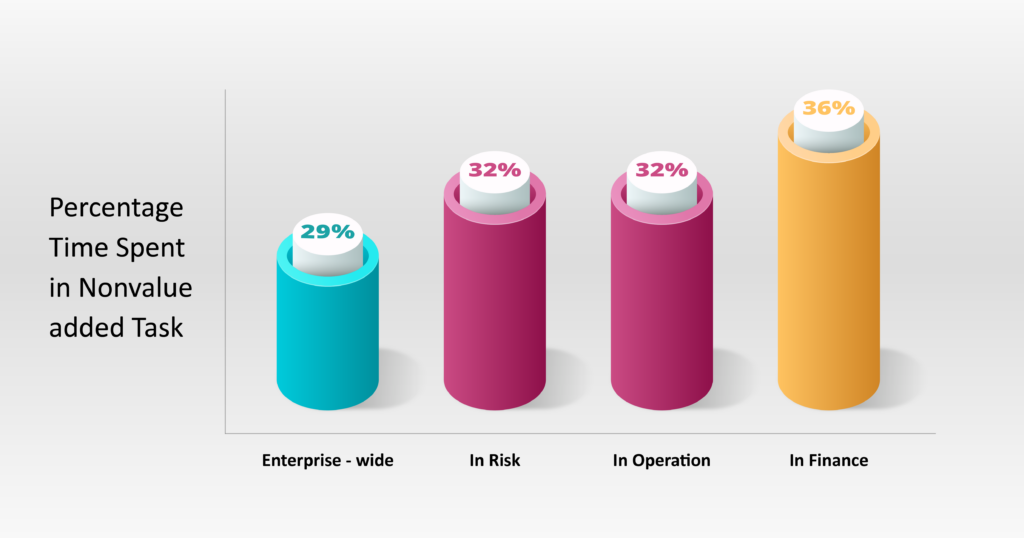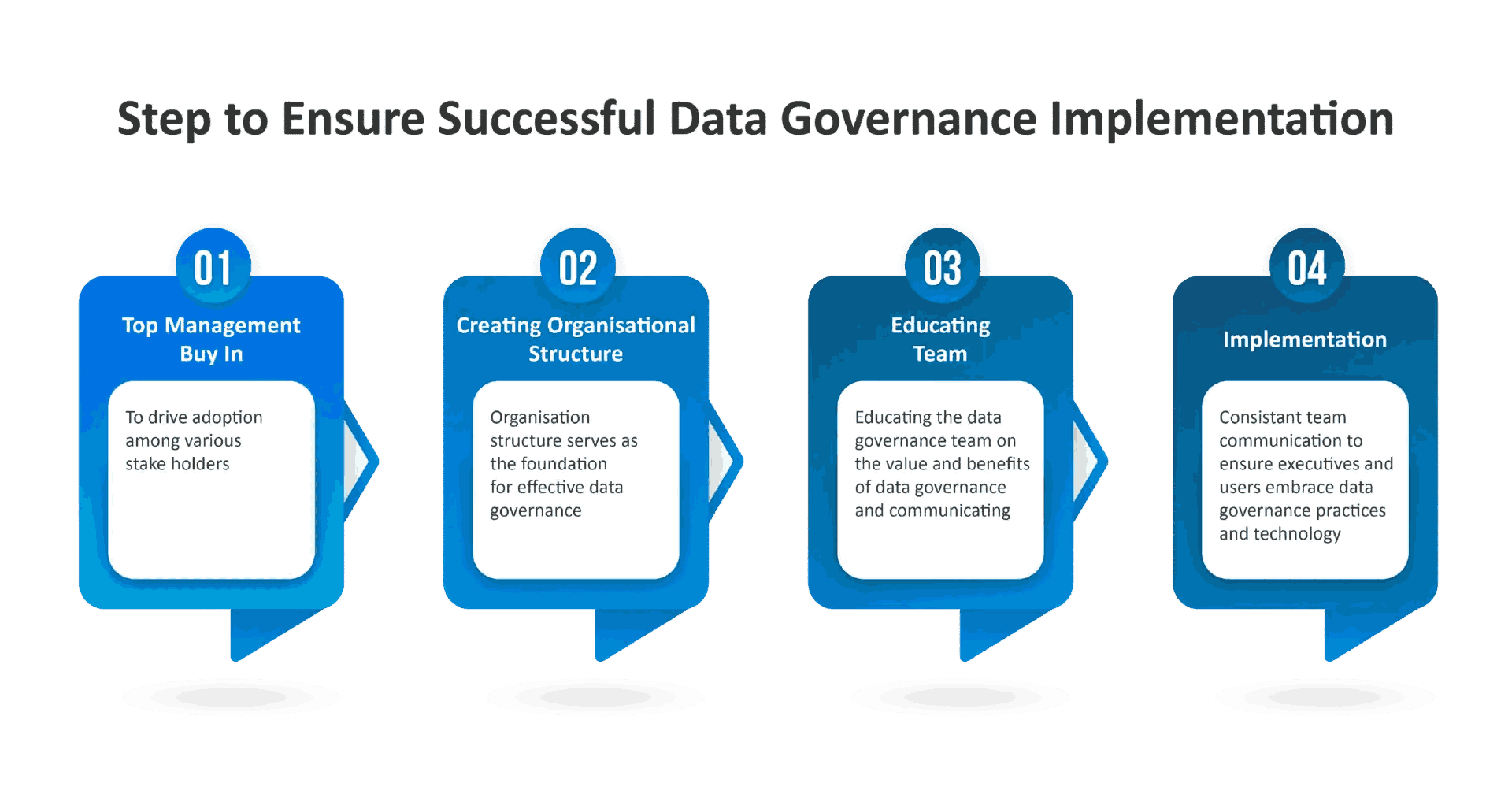As organisations increasingly rely on technology and innovation to compete, the value of intangible assets such as intellectual property rights associated with innovations and trademarks, consumer data, and software continues to grow. Intangible assets will account for 90% of the value of S & P 500 companies in 2021, according to Ocean Tomo- Intangible Asset Market Value Study.
For companies to leverage data as capital, it’s binding that critical pieces of information be used to generate more wealth. Therefore, it increasingly becomes mandatory that all data related to intangible assets be tracked and traced for lineage and its evolution.
How Netflix used Data Analysis to win Oscars
For example, the video streaming platform Netflix analyses user data to understand preferences and viewing patterns to comprehend and model-specific genres to make programme recommendations based on investigations performed on consumer preferences.
Besides this, Netflix uses this information and data on user preferences & inclinations to innovate and craft novel narratives, plots, and scripts that engage targeted audiences.
Consequently, the audience’s content is well received and gives the company appreciable returns on investment. A good testimony to the success of the content analysed, prioritised, and produced by Netflix are the 15 Oscar nominations that it obtained in just six years after it commenced production for movies and web series through tailored content.
Businesses progressively leverage data to create operational efficiencies, develop new products or solutions, and discover new markets.
Across industries, the availability of quality data is important to propel organisations, past competitors, drive new sources of revenue, and operate effective business operations. But most organisations struggle to make quality data available and, importantly, on time to enable business decisions. Why is this a challenge?
A survey published by McKinsey points out that the lack of availability of quality data causes employees to spend a significant amount of time on non-value-added tasks to access, clean, and work on data required for analyses. As shown below, this can consume almost 29% of an enterprise-wide employee working time.

The above graph shows the average percentage of time spent by employees on non-value-added tasks in various departments like risk, operation, finance, and average enterprise-wide. Consequently, lack of data quality and unavailability cause employees to spend significant time on non-value-added tasks.
How frequently have our instincts played the role of “assuming the correct” whilst preparing for an important presentation? How often have we regressed on our decisions when new insights are presented leveraging existing data that was hidden just moments ago? How many times have we discovered late? & How often have we uncompromisingly dug our heels to get the right answers but had to give up before a deadline?
Are there many men in the same boat?
While the hurdles associated with data quality improvement can be overwhelming, the costs of inaction due to unavailable and compromised data are substantial. Lack of reliable data has a financial impact on an organisation and results in incorrect decision making, lost opportunities, and regulatory risks. The reputational damage can be considerable.
High-quality, relevant, and always available data are the hallmarks of effective data governance. Data governance helps companies gain a competitive edge by reducing costs, increasing visibility, and strengthening relationships with customers and vendors.
What is Data Governance?
Collaboration across functional lines is critical for the success of data governance projects. The challenge in implementing effective data governance in organisations stems from the widely held belief that the technology (IT) department owns, administers and manages data governance.
While the fact is that data governance spans multiple departments within the business. Departments like marketing, finance, and logistics create and own different views of data coming from multiple sources like CRM, accounts, and inventory, to name a few.
Therefore, senior management buy-in and the willingness to commit resources and personnel to the data governance function is crucial for creating a successful and comprehensive data governance programme.
When organisational leaders communicate the “why” of data governance effectively, the other factors often fall into place more easily.
Case Study: Implement Data Governance to Extract Value From Data
A large finance company whose data governance was administered by IT battled for years to extract value from its data. The company then participated in data governance education and engagement for senior executive leadership and all critical line functions as part of an enterprise-wide analytics transformation.
It assigned many business-data subject areas to the leadership team. After recognising the significance of data governance, these leaders became its champions. They de-centralised the data custodians and appointed people to act as function/department-wise data owners and stewards within their respective domains.
With regular check-ins from the leadership team, these initiatives began to bear fruit, allowing the company to establish priority data domains in short periods and significantly reduce the time teams spent on data cleansing, thereby expediting the delivery of value from these initiatives.
25%
Time Spent on Collecting and Cleaning Data
Creating an Organisational Structure to Derive Successful Data Governance


responsibility for each organisation’s function. Our Data Governance solutions help enable the formation of a central data governance office/ team to control all guidance for the programme.
Although there is no one “correct” approach to structure Data Governance and Stewardship, there are many “good” ways to do it.
We suggest structure depending on organisational needs. While some organisations have independent Data Governance initiatives, others embed data governance activities with ongoing data quality and management initiatives.
At Elait, our Data Governance services include supporting Data Stewardship and Data Ownership to :
- Develop policies, practices, and standards for data classification and management.
- Establish processes to profile, analyse, define, standardise, cleanse, and monitor enterprise-wide data to ensure data assets are rightly managed for analytics.
- Define data formats, resolve integration issues, and ensure regulatory adherence.
At Elait, we ensure improved data quality by actively involving Data Stewards to ensure better data documentation and clear & concise data policies and processes. Implementing a clear Data Governance strategy managed by well-thought-out policies and practices ensures the availability of high-quality data throughout an organisation.
Data Governance Services For Corporations
